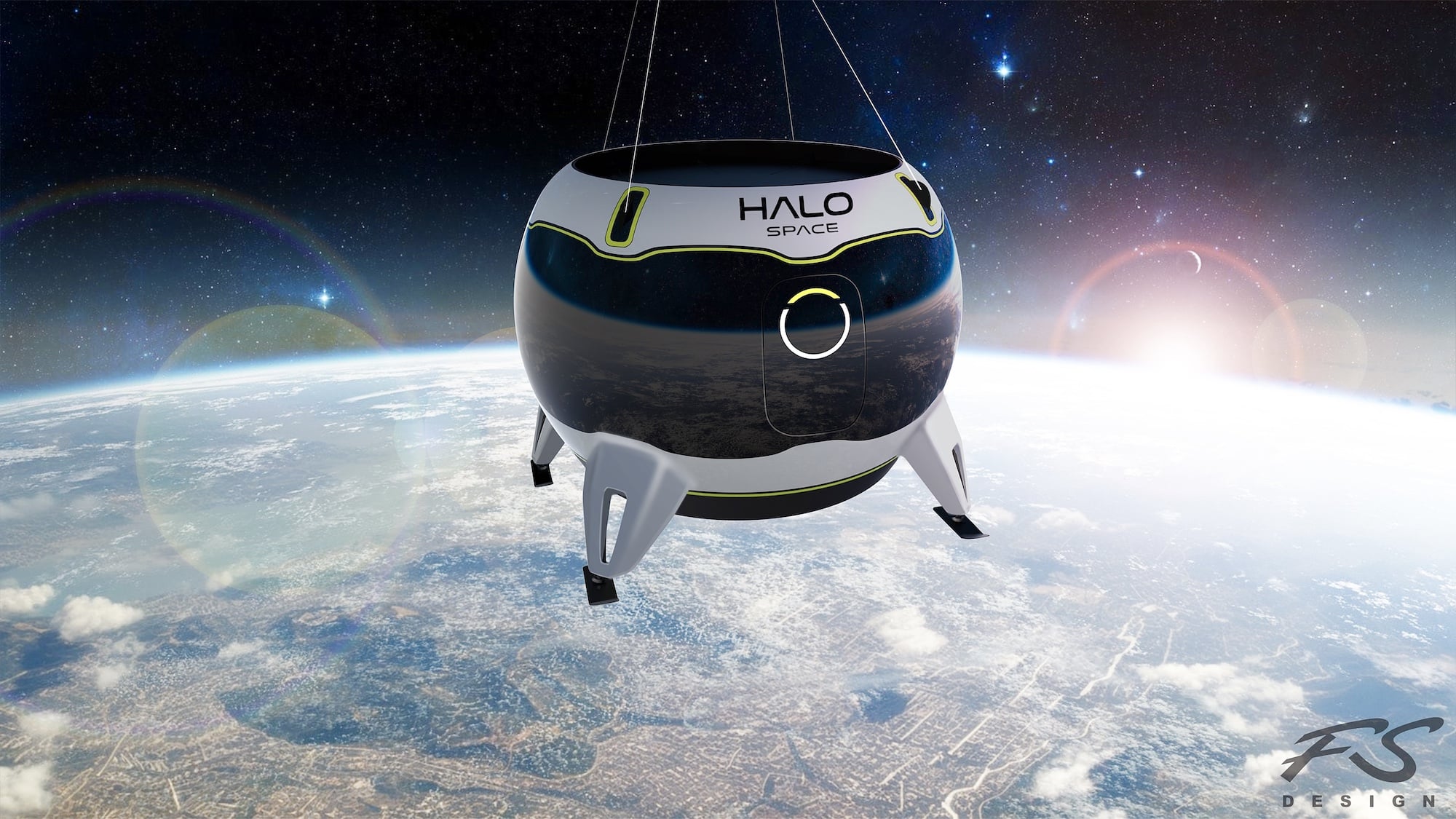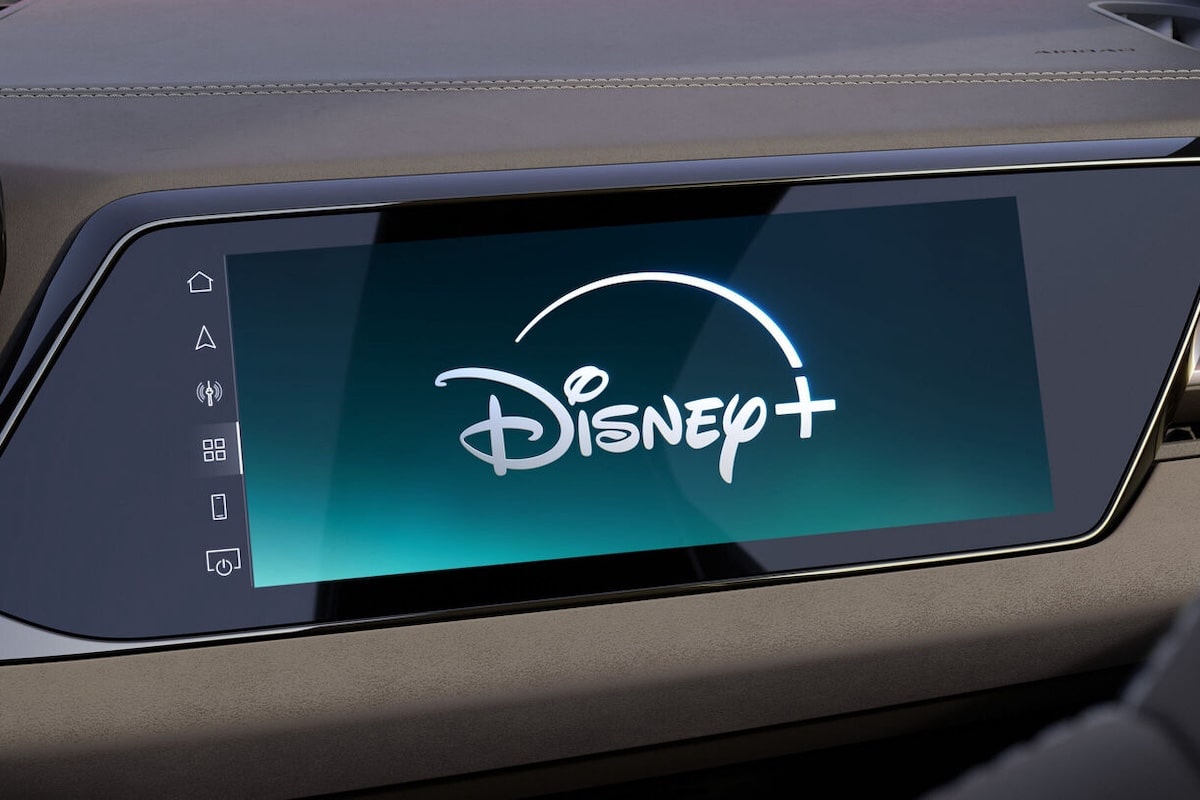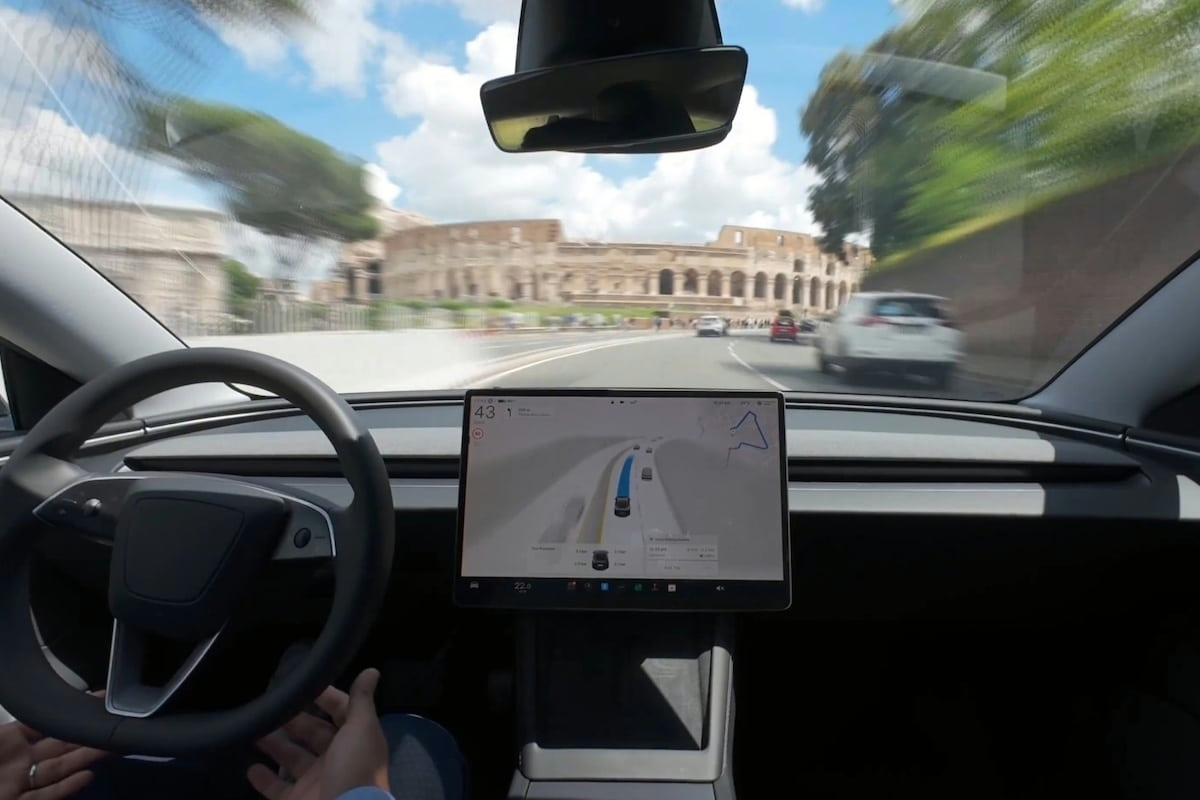Space Capsule Voyage: Claustrophobia, Don’t Bother!

The commercial conquest of space is accelerating, but will the tragedy of the submarine Titan deal it a fatal blow?
A few days after the Titan submarine tragedy, which descended to see the wreckage of the Titanic resting at a depth of 3,800 meters in the North Atlantic since 1912, an incident that resulted in an implosion and the death of all its passengers, the presentation of the Halo space capsule sends chills down the spine.
Designed by Frank Stephenson, already the author of the Autoflight eVtol design, this device aims to offer a new type of tourism for wealthy passengers craving thrill on land. The concept is simple: attached to a helium-filled balloon, the Halo capsule ascends into the stratosphere, at 40 km altitude.
The first commercial flight is expected in 2025, but who will want to be locked inside a confined space with eight other passengers plus the pilot for six hours—the duration of a flight? The Titan episode could cool the enthusiasm of some, and even force insurers to take action in case of uncontrollable risk. The pressurized cabin would provide all modern comforts, along with a 360° window to best admire the planet.
The main argument presented by Halo Space to attract clients is a very low carbon footprint, unlike initiatives by Virgin Galactic and others that rely on the use of highly polluting rockets. But being carried by the wind, with no assistance possible, must be a huge source of anxiety. As proof, Virgin Galactic’s stock has plummeted since the Titan tragedy, evidence that the sector is suddenly much less attractive to customers and investors…
READ ALSO: SpaceX Starship: discover its alarming carbon footprint
This page is translated from the original post "Voyage en capsule spatiale : claustro, s’abstenir !" in French.
We also suggestthese articles:
Also read






